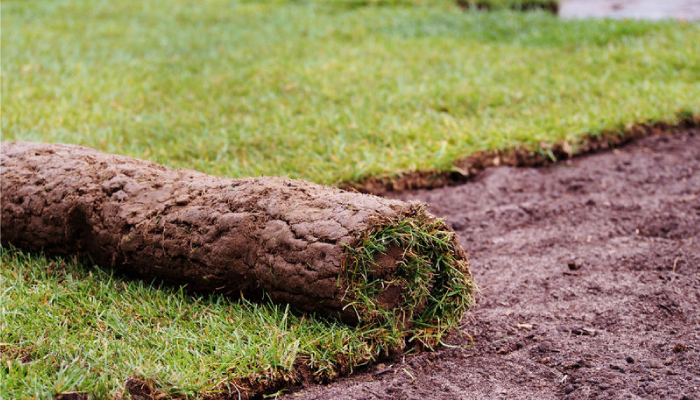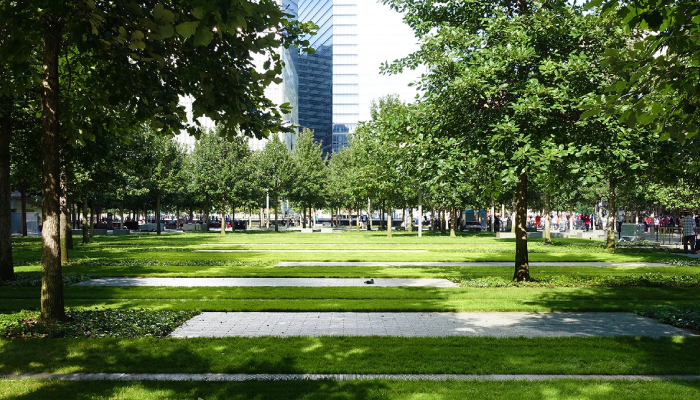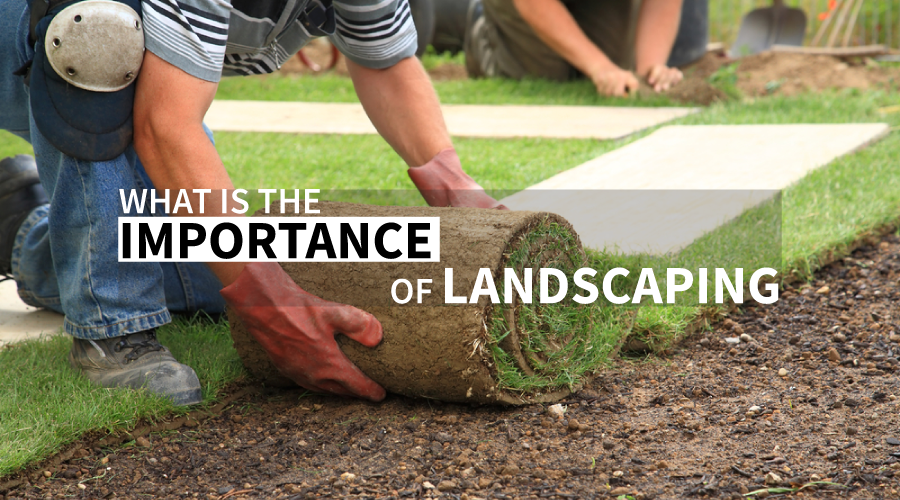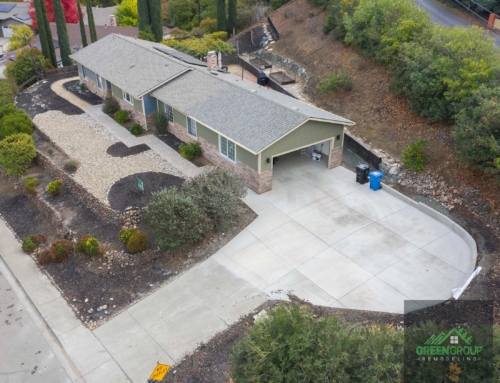Landscaping means incorporating natural elements such as plants, water, and other aspects into an urban area. It is a great way to breathe some life into our dull, monotonous and stifling city lives. Whether it is a residential area, a corporate place, or a public place, landscaping can bring unbridled joy to the city lives of the inhabitants.
The importance of landscaping in cities and towns is immeasurable. It can preserve nature, help stop water, soil, and air pollution, and protect the biodiversity of an area. Landscaping can also stop soil erosion, bring down the average temperature of the surrounding area, and provide much-needed peace of mind for the people around it.
Let’s take a look at all the advantages landscaping has and what it offers to the people as well as society.
What is landscaping?
Before getting into the benefits of landscaping, let’s first get acquainted with the idea of landscaping. Landscaping means manipulating a part of the land to incorporate natural elements into it.
There are a lot of ways landscaping can be done. Almost all of these include planting trees and creating waterways in a part of the land that was being used for any other purpose. Also, you can build some other structures to support the plants, and animals of the area and to enhance its aesthetics.

Why is landscaping important?
Now that you have been introduced to the general idea of landscaping, it is time for you to know what the benefits of landscaping are. Landscaping has become a very popular idea among people around the world, and it is for good reasons. Let’s take a look at those.
1. Protecting the environment
The main objective of landscaping is to protect the environment. The environment of most cities around the world has become excessively toxic and not suitable for people to lead healthy life there. But introducing plants into various parts of the city such as residential and commercial buildings and other public places can breathe life into the city environment.
As more and more plants and trees are planted in the city, they will start to detoxify nature and bring in more flora and fauna in the city. This will create a natural balance in the city and protect nature.
2. Stopping water, soil, and water pollution
Cities are the breeding grounds of pollutants and hence are responsible for almost all the water, soil, and air pollution in the world. Mills and factories all around the world produce an abnormal amount of pollutants that make the air, water, and soil exceedingly toxic. Although the most natural course of action to take in this case would be to remove all the factories, this will not be a practical one.

So, what should people do? The best solution to this problem is to landscape the cities and towns. As a result, the air will get more and more oxygen and more carbon dioxide will be taken in by the plants, which will reduce air pollution. Additionally, since plants will need water, natural waterways will have to be created, which will reduce water pollution by a lot.
Finally, the soil of the cities has become infertile and polluted and hence is unable to support most life forms. Planting plants such as sunflowers will enable the plants to absorb a lot of pollutants from the soil and make it unpolluted once more, which will also ensure the water and the air of the surrounding areas are free of any sort of pollution.
3. Protecting the biodiversity
Landscaping also helps protect the biodiversity in an area. Due to all the pollution and lack of habitat, cities are losing a lot of flora and fauna with every passing day. Since landscaping introduces plants and trees and reduces pollution levels, a lot of plants that were previously unable to survive in urban areas will be able to thrive in these areas.
In addition to that, trees, natural clean water, and pollution-free soil will invite a lot of animals who had fled from city areas to return. This will not only help protect the biodiversity in the area but will also help protect a lot of endangered species around the world.
4. Reducing the average temperature
Since the plants introduced during landscaping provide shade around the area, the average temperature of the area takes a nosedive, which makes summers a lot cooler and more comfortable. Also, the oxygen produced and carbon dioxide taken in by the trees and plants during their respiration helps increase the oxygen level and reduce the carbon dioxide and greenhouse gas levels in the atmosphere.
5. Preventing soil erosion

Soil erosion has been a cause of major headaches for policymakers all around the world. As the soil erodes, not only does it reduce the livable and farmable areas in the cities, but the eroded soil is also deposited at the bottom of rivers. This seriously hampers the flow of rivers and some rivers have even dried up due to excessive amounts of soil at their bottom.
Landscaping makes sure the soil doesn’t get eroded as the plants and trees hold the soil together by their roots. As a result, the soil particles don’t get separated easily, which ensures there is enough usable land for everyone while also making sure the rivers can maintain their natural flow.
6. Increasing property value
Now we shift our focus from the environment to the economic aspects of landscaping. Landscaping beautifies the property as well as makes it energy efficient. These two are the most sought-after qualities potential buyers look for in a property. So, if you spend a little bit of money on landscaping, it will end up rewarding you many times more in terms of increased property value when you decide to sell it.
7. Bringing peace of mind
This is one of the most important but least talked about aspects of landscaping. It is scientifically proven that being in touch with nature calms people down, reduces their stress levels, and improves their overall mental health.
The alarming rise in the mental health issues of the inhabitants of urban areas around the world is a testament to this theory as people have very little interaction with nature. With landscaping, people will be able to get in touch with nature a lot more. This will improve their mental health levels and will increase both their standard of living as well as productivity.
Final Words
When done right, landscaping can bear a lot of fruits for a city as well as society. When going through the importance of landscaping, you will see that it has become a crying need that every city undertakes landscaping to protect its environment. But while landscaping, the concerned authorities have to maintain the plants and trees so that nature can not fully take over and harm the structural integrity of the building, roads, and other infrastructure.
FAQ
1. What is the most important thing in landscaping?
The most important thing in landscaping is sunlight. As plants and trees need sunlight to live, you have to make sure the landscaping is done in such an area where the plants and trees get maximum sunlight.
2. What are the 5 goals in landscaping?
Landscaping has 5 goals, especially for homeowners. These goals are:
- Low maintenance
- User-friendliness
- Eco-friendliness
- Increasing curb appeal
- Creating harmony between outdoor and indoor spaces.
3. What are the features of landscaping?
There are a lot of features of landscaping. The most important ones are:
- Topiary
- Lawn
- Avenue
- Trophy
- Flower beds and borders
- Carpet beds
- Ground cover, etc.
















